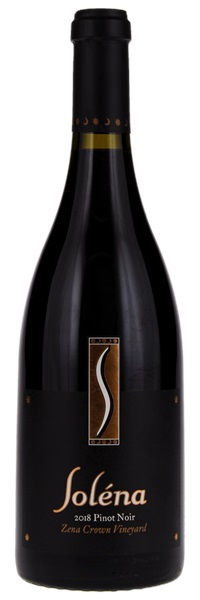Removed from a temperature and humidity controlled wine cellar; Purchased direct from winery; Consignor is original owner

Image above is an example. To view the image of the lot, click the item number.
Estimate
Smoke-accented blackberry, cherry and candied violet scents are complemented by hints of cola and vanilla. Supple, sweet and expansive on the palate, offering juicy red and dark berry, cherry cola and spicecake flavors that pick up a hint of mocha on the back half. Round, even tannins add grip to a juicy, persistent finish that leaves behind sappy dark berry liqueur and vanilla notes.
...silky smooth, with a parade of black-cherry fruit and accents of mocha and cocoa powder...tannins are polished and hint at a pleasantly dusty character, with further highlights of cut tobacco.